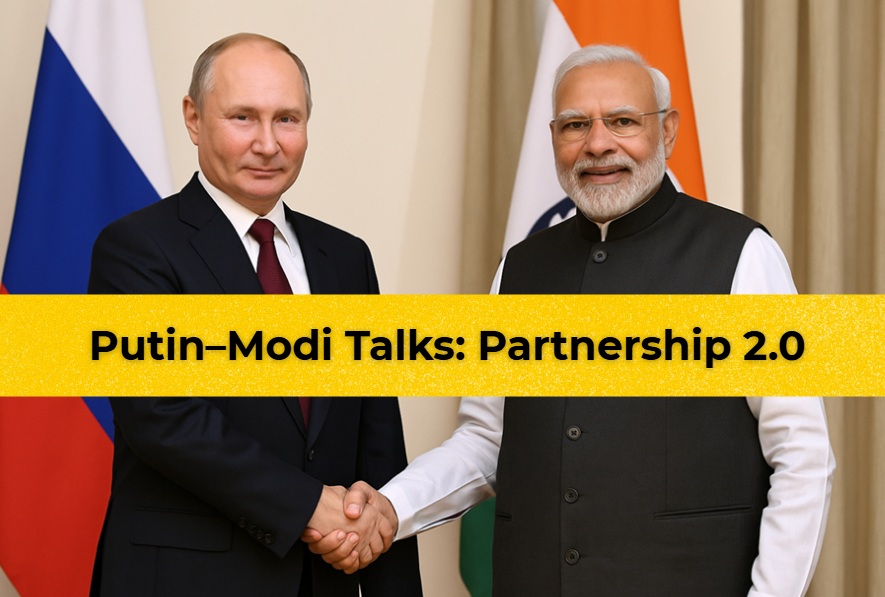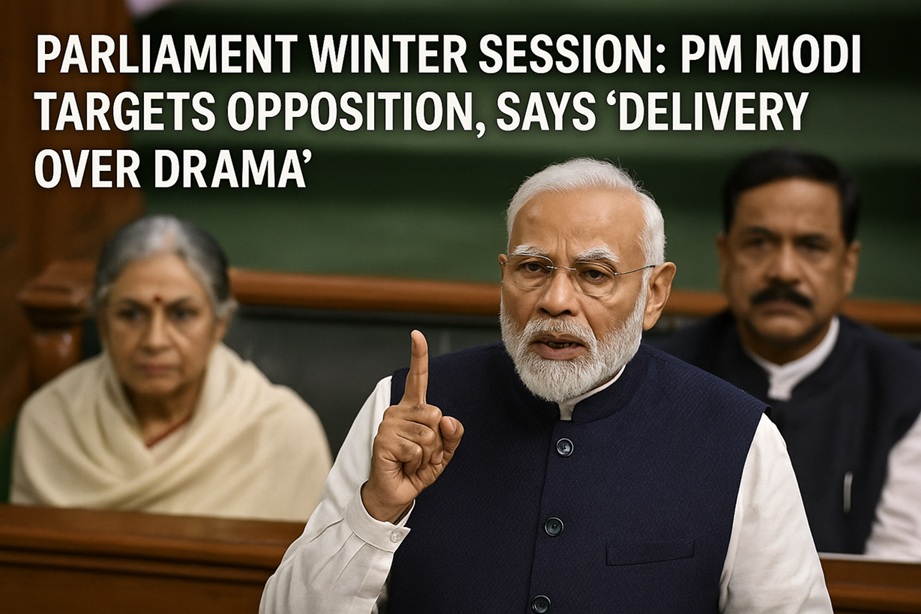Prime Minister Narendra Modi is once again signaling that performance, not position, is the ultimate currency within the BJP. As murmurs of a sweeping political shake-up grow louder within the corridors of power, a quiet unease has gripped the party’s rank and file. From chief ministers to governors, and even party office bearers, no one seems immune to scrutiny as Modi tightens his grip on governance ahead of the 2029 general elections.
Performance Over Patronage
Known for his zero-tolerance approach to inefficiency, PM Modi has reportedly begun reviewing detailed performance reports of ministers, state leaders, and key bureaucratic appointments. Sources say the evaluation includes metrics ranging from policy implementation to innovation, administrative responsiveness, public engagement, and even digital outreach.
For instance, leaders have been quietly informed that even their social media influence matters — with a surprising internal directive suggesting that ticket aspirants in some regions must have at least 500 followers to even be considered.
This signals a broader ideological shift within the BJP — from legacy-driven politics to data-driven governance. Those seen as underperforming, complacent, or out of sync with Modi’s developmental vision are on notice. Promotions are likely for grassroots leaders delivering on the ground, while dismissals are on the cards for those seen as liabilities.
Chief Ministers Under the Scanner
At least four chief ministers are believed to be on the radar. States like Gujarat and Rajasthan are reportedly under deep review due to either administrative inertia or failure to create a national narrative around their achievements. Unlike Uttar Pradesh’s Yogi Adityanath, Assam’s Himanta Biswa Sarma, or Uttarakhand’s Pushkar Singh Dhami — leaders who consistently make headlines for law and order improvements, infrastructure pushes, or innovative governance — some counterparts have failed to rise to national prominence.
“Being in power is not enough anymore. Visibility, effectiveness, and the ability to inspire confidence across the country are the new expectations,” a senior party insider said.
Manoj Sinha May Exit Kashmir
One of the most notable transitions expected is that of Jammu & Kashmir’s Lieutenant Governor Manoj Sinha. Highly regarded for his administrative acumen and credited with successfully navigating the post-Article 370 transition, Sinha is unlikely to be penalized but may be reassigned. The rationale is strategic: with the region stabilizing and the first democratic elections held post-reorganization witnessing 65% voter turnout, the focus now shifts to balancing political authority between the newly elected local government and the Union representative.
Vinai Kumar Saxena, currently the Lieutenant Governor of Delhi, is tipped as a likely successor. Saxena’s record in handling AAP chief Arvind Kejriwal’s confrontational politics and his trustworthiness in the Modi-Shah camp make him a compelling choice for a politically sensitive posting like Kashmir.
Winds of Change at the Party Helm
Apart from changes in governance, the BJP is also expected to undergo an internal structural reset. The party presidency, crucial in navigating the complex political road to 2029, could soon change hands. Names like Bhupender Yadav, Anurag Thakur, and Tamil Nadu’s rising star K. Annamalai are being circulated as potential successors. These leaders have reportedly been placed on high alert for a new national role, further indicating an impending reshuffle.
Modi’s Message to Bihar: No More Caste-Driven Politics
In Bihar, where Modi recently addressed a closed-door meeting, the message was blunt: casteism, nepotism, and blackmail politics have no future in the BJP. He reportedly warned leaders against lobbying for tickets for family members or re-entering the party after contesting elections independently. “This time, there will be no second chances,” a source quoted Modi as saying.
This directive is a continuation of Modi’s long-standing effort to project the BJP as a party of discipline and meritocracy, distancing itself from the old-school politics that still dominate many state-level outfits.
The Road to 2029
The bigger picture is clear: PM Modi is not merely managing power, he is architecting BJP 3.0 — a reimagined party machinery capable of delivering 340+ seats in 2029, not just maintaining its 2024 numbers. With geopolitical volatility, economic transformation, and a changing global order, Modi is keen on building a government that is lean, competent, and internationally competitive.
In his recent address at the NITI Aayog meeting with state chief ministers, Modi reportedly emphasized development as the central pillar of governance. “Politics will continue, but the wheel of development must not stop,” he told the gathered leaders.
Final Thoughts
PM Modi’s unpredictability is matched only by his strategic clarity. While most leaders in Delhi are trying to read between the lines, one thing is certain: change is coming. Some will rise; others will fall. And as has been the case throughout his leadership, Modi’s moves may arrive without warning — but always with purpose.





